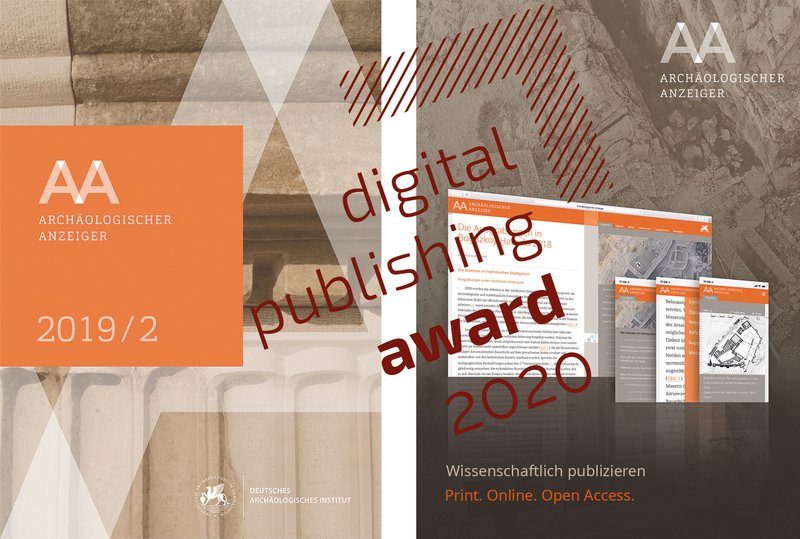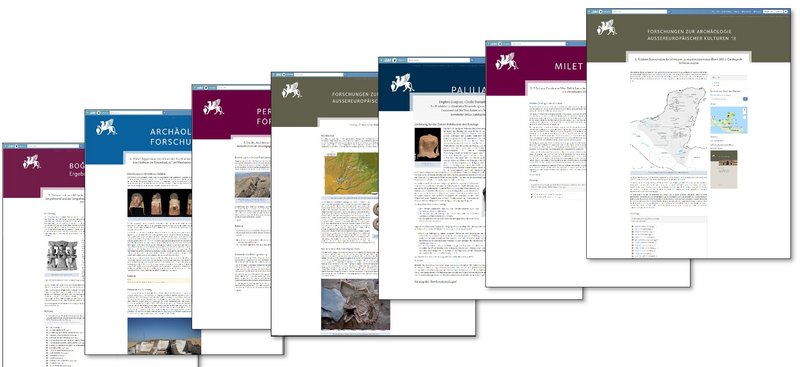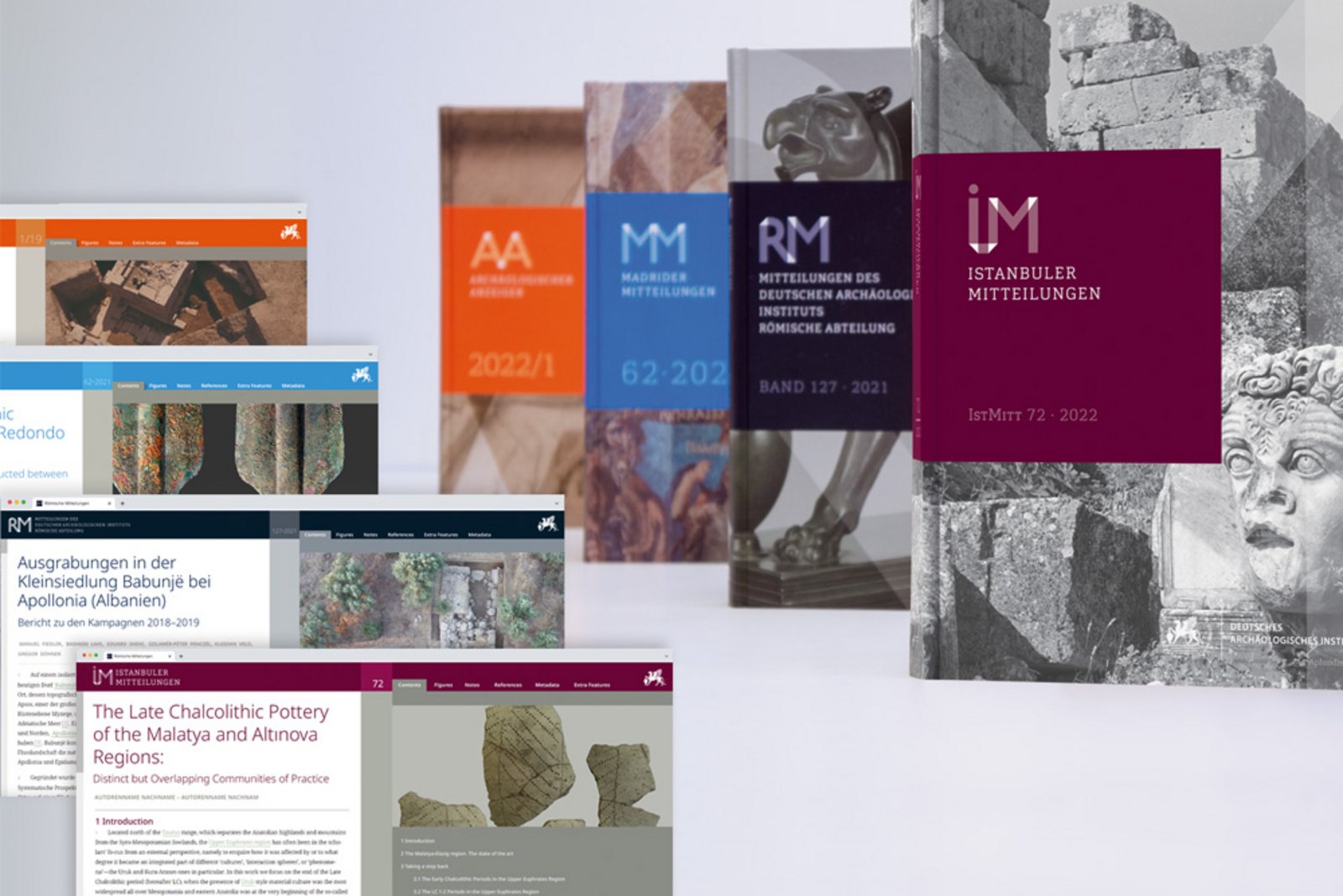Aspirations and Objectives
Our journals and series will remain the some of the most renowned publications in the field of international ancient studies. Open Access, standardised procedures for scientific quality assurance (peer review) and high-quality formal standards form the basis for the DAI's publications to continue to play a prominent role in the international scientific debate.
The DAI's editorial teams work closely together in the areas of research data management, digital libraries and information technology to provide the best possible solutions.
Content Quality through Specialised Editing
The expert editorial support provided by the departments and commissions, which are at the same time familiar with the specific scholarly and editorial requirements of the respective regional disciplines, guarantees not only competent editorial management but also content support in accordance with the DAI's quality standards, which are a hallmark of the scholarly works published by the DAI.
Open Access
As a signatory to the Berlin Declaration, the DAI is committed to the principles of Open Access and to ensuring that research results and data are available to the widest possible audience. The DAI is therefore dedicated to publishing its scholarly journal articles, monographs and series as open digital editions, making them available to the best possible standards.
This also applies retrospectively to older editions of journals and serials published by the DAI which were previously only available in analogue form. The intention is to publish these items as digital editions via the DAI's information infrastructure as soon as the rights have been cleared, and to automatically index and retrieve them in order to be able to link the content prepared in this way with other information resources in the long term.
The DAI's approach to long-term archiving ensures that all content is permanently available.
Digital Publication Formats
All digital publication formats are an integral part of the DAI's overall information infrastructure. They are therefore designed to meet as many of the requirements of the DAI's Open Science Strategy as possible. . This also implies that the DAI aspires to make full use of the scientific potential within digital publishing.
Especially in the case of scientific publications, structured texts are an essential prerequisite for further processing, i.e. from reliable content indexing and predictive searchability to automatic translation, etc. In addition, highly structured text formats can be enriched with additional (meta) content (standards data, etc.), semantically specified and better linked in terms of content.
Research data can also be linked to textual publications in a human- and machine-readable way. In the DAI Journal Viewer, for example, external subject and standards data (e.g. from iDAI.objects, iDAI.field or iDAI.gazetteer) are integrated directly into the journal article view in the form of a preview view via the XML format of the new journal model, which shows the path that the DAI will be taking in the future with its monographs, series and collected editions.
Metadata, Authority Data, and Semantic Networks
In order to further improve the indexing of publications, they are bibliographically recorded using an internal reference system (iDAI.bibliography/Zenon) and external registration services (DataCite, DNB), and their metadata are continuously updated. The DAI places particular emphasis on the integration of persistent identifiers and the enrichment of content indexing with respect to standard and subject-related data.
The dissemination of this metadata (and its contents) in other specialised information infrastructures (e.g. DNB) will be further promoted. This is also intended to enable the change of perspective, which will allow the publications themselves to be viewed as digital objects.
Supplementary Research Data Publications
In addition to the publications evaluating results and in line with its Open Science-Strategy, the DAI furthermore pursues to publish all the research data that underlie its projects. Supplementary research data publications meanwhile form a recognised component of the publications issued by the DAI. The DAI plans to continue along this path in future publishing projects and also to support the use of the iDAI.world systems as publication media for external publication projects as well.
High-Quality Print Editions
High-quality print editions will continue to remain an important part of the DAI's publication portfolio. These play a key role, especially in connection with the longstanding research projects, in which the record still largely has relied on analogue data while the latter have upheld the required scientific quality for publication so far.
In particular, excavation publications and basic artefact presentations constitute primary source editions that often retain their validity even after centuries. Large plans of architecture and maps must therefore be continued to be presented just as much as outstanding photographs of ancient sculpture and small find drawings. This gives rise to the high demands placed on the production processes, the professionalism in the preparation of print templates and the state-of-the-art standards in printing and bookbinding processes to which the DAI is committed. This also applies to publications where the focus is more on rapid dissemination and for which the DAI is increasingly turning towards printing-on-demand processes. Printed editions are distributed through specialised publishing houses guaranteeing best possible and above all targeted diffusion. In view of the increasingly complex requirements and the improved technological potential, the DAI consistently focusses on developing modular and in particular flexible models that allow to choose between different solutions, depending on the specific requirements in terms of media and format.
Standardised publication models applying to the journals and series, but which continually adapt to the changing needs of scientific publication practice, serve the efficient preparation and successful implementation of publication projects, not only to the benefit of the editorial offices, but above all to the authors.

Der Digital Publishing Award 2022 für das neue Zeitschriftenmodell des DAI © DAI Zentrale // Tanja Lemke-Mahdavi
Digital Publishing Award 2020
The concept of integrating research data into journal articles and making iDAI.world content visible in the DAI-Journal-Viewer was awarded the Digital Publishing Award in the category process/technology at the 2020 Frankfurt Book Fair and praised by the jury as a "modern and groundbreaking journal format".

Digitale Supplemente in iDAI.objects © DAI Zentrale // Peter Baumeister
Digital Supplements
For many publications it is now standard practice that the documentation and primary data on which a project is based are published in a structured way in the corresponding iDAI.world specialist systems, be it in iDAI.objects or iDAI.field, linked to the evaluating publication (monograph, series, etc.).
Good Scientific Practice
One of the cornerstones of our publication strategy is to implement, continually evaluate and, where necessary, adapt measures of good scientific practice and scientific quality assurance.
The editorial offices at the DAI
The departments and commissions of the DAI have their own editorial offices. They are responsible for the scientific publications in their respective fields, from the submission of manuscripts to their publication. Alongside the editors, they are the first point of contact for all authors wishing to publish their work in a DAI publication.

